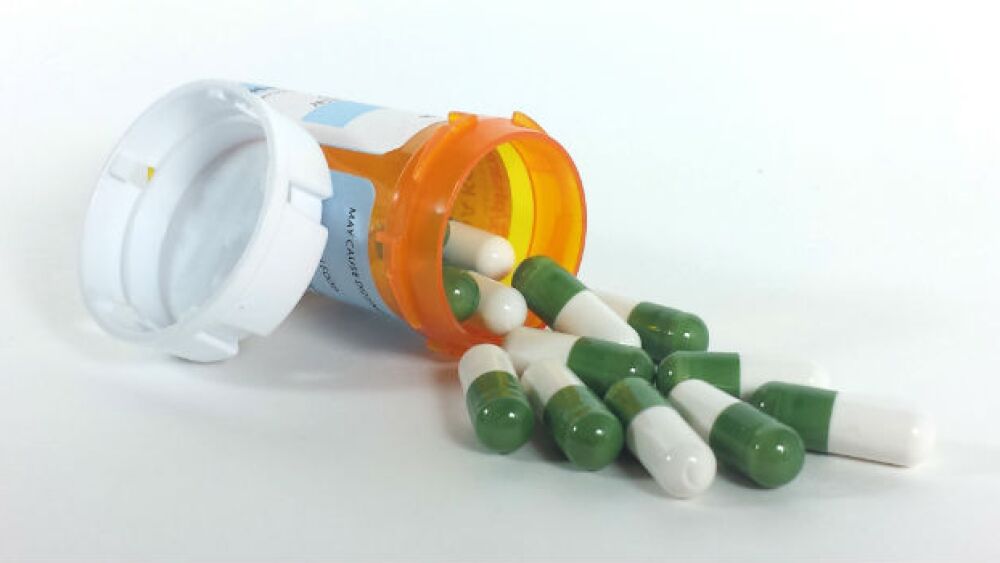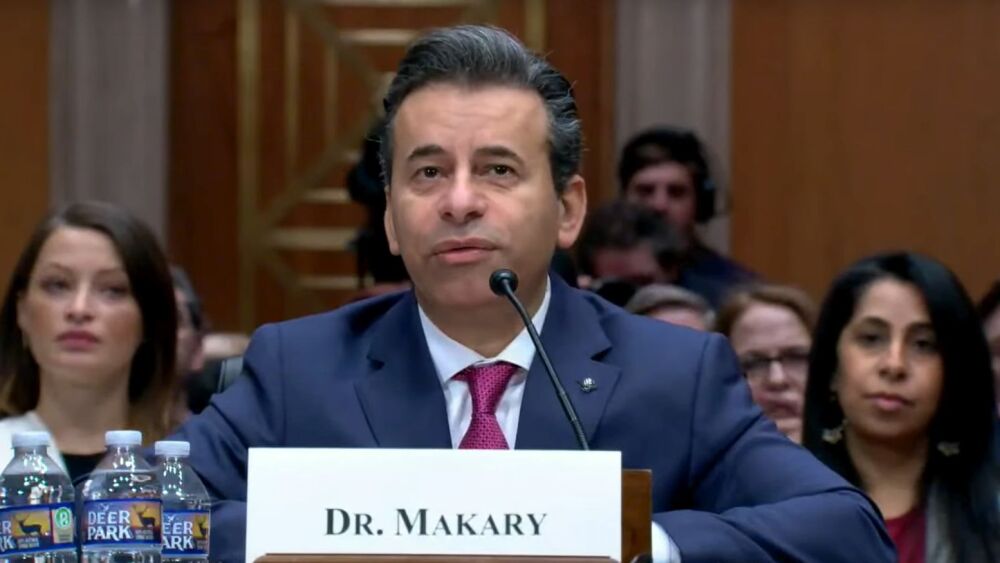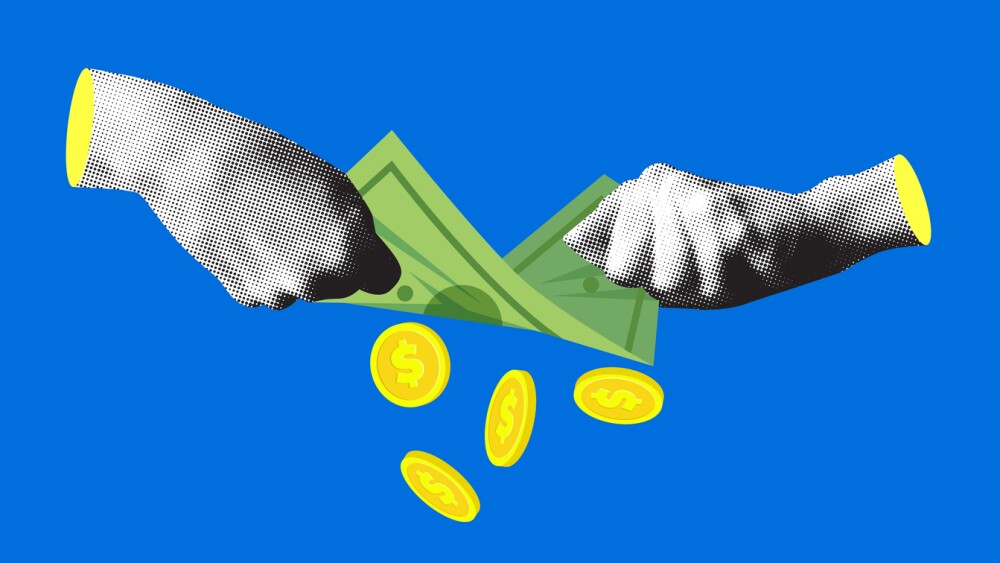The retail price of prescription drugs is a concern for many people in the United States. Now CVS is attempting to disrupt the retail end of things with a new savings finder tool.
The retail price of prescription drugs is a concern for many people in the United States. That concern has reached the halls of Congress, which has held hearings over the matter over the past few years. Now CVS is attempting to disrupt the retail end of things with a new savings finder tool.
CVS, which recently announced a $79 billion acquisition of managed health care company Aetna, unveiled its CVS Pharmacy Rx Savings Finder in an announcement this morning. The company said the new tool will provide retail pharmacists the ability to quickly evaluate individual prescription savings opportunities at the pharmacy counter. The tool will also enhance existing savings offered by CVS Caremark, the company’s pharmacy benefits manager, the company said.
CVS unveiled its new tool following a national survey that revealed 83 percent of Americans were concerned over the impact of rising prescription prices.
“As prescription drug prices continue to rise and enrollment in high deductible health plans grows, many patients are shouldering higher costs for their prescription medicine,” CVS said.
Kevin Hourican, head of retail pharmacy for CVS, said the higher the out-of-pocket cost for a medicine, the less likely a patient is to fill it. With the information available through the new tool, Hourican said CVS pharmacists can play an important role in helping patients save money on medications.
CVS is launching the tool with its CVS Caremark PBM members and expects to roll it out more broadly throughout the year, Hourican said.
The new CVS system will expand the power filling pharmacists have. The new tool will allow the pharmacists to look beyond what types of drugs are covered and help a patient find the lowest-cost alternative that could include a generic or therapeutic alternative with an equivalent efficacy of treatment.
Patients are having to pay more money out of pocket for prescription medications due to growth in high deductible health plans, Thomas Moriarty, chief policy and external affairs officer for CVS Health said in a statement.
“Until now, patients haven’t had the appropriate tools available to them to help them manage these costs. To address this, CVS Health is giving expanded tools to patients, prescribers and pharmacists so they can evaluate prescription drug coverage in real-time and identify lower-cost alternatives. We are committed to finding the right drug at the lowest possible cost for patients to ensure they are able to access and stay on the medications they need. That’s our promise,” he said.
The CVS tool, combined with its acquisition of Aetna, is part of a shifting landscape in the healthcare industry. Pharmacy benefits managers, like CVS Caremark, play an increasingly important role in the price consumers pay for prescription medications. Drug manufacturers set a gross or list price for their medications, but that is not the retail price that consumers pay due to a number of cost-cutting programs in place, including rebates and bulk discounts. With CVS now taking a more publicly active role in providing the best retail price for consumers could be the catalyst for greater disruption within the healthcare system. It’s likely that other retailers that also work with PBMs, such as Walgreens or Walmart, will launch something similar for its customers.
It’s unclear how the pharma industry itself will respond. Recently a report showed that even though pharma companies regularly increase the price of its drugs they are actually receiving a lower return. For example, earlier this year life sciences giant Johnson & Johnson reported that the average list price across its U.S. drug portfolio rose 8.1 percent in 2017. But once drug rebates and discounts were added to the picture, the average price fell by 4.6 percent. Just one year ago that difference was about 5 percent, J&J reported. According to Johnson & Johnson, last year marked the first time that the company’s net price decreased instead of increasing between 3.5 percent and 5.2 percent.





